Does Mounting Tape Damage Walls? An Expert’s Answer
When used properly, most mounting tape poses a minimal risk of damaging your walls. However, factors such as the tape’s adhesive strength, surface material, the object’s weight, and application duration can influence the potential for ... Read more The post Does Mounting Tape Damage Walls? An Expert’s Answer appeared first on Arthitectural.
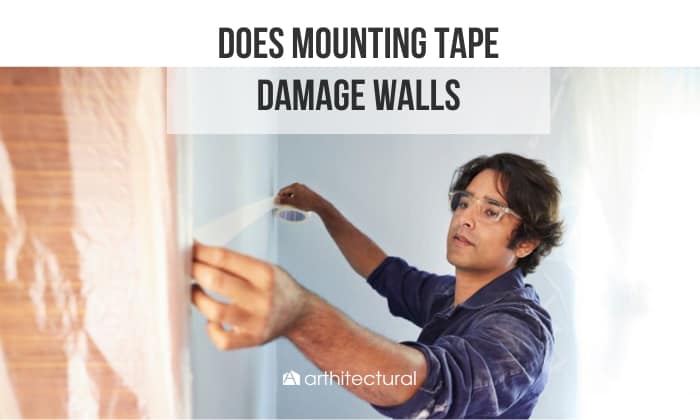

When used properly, most mounting tape poses a minimal risk of damaging your walls. However, factors such as the tape’s adhesive strength, surface material, the object’s weight, and application duration can influence the potential for wall damage. Therefore, it’s advisable to explore various tape options in strength and maximum hold.
We will explore different types of mounting tapes, their impact on walls, and factors that influence wall damage, and provide essential tips for preventing such damage. So, let’s uncover the truth behind the question: “Does mounting tape damage walls?”
Types of Mounting Tapes and Their Impact on Walls:
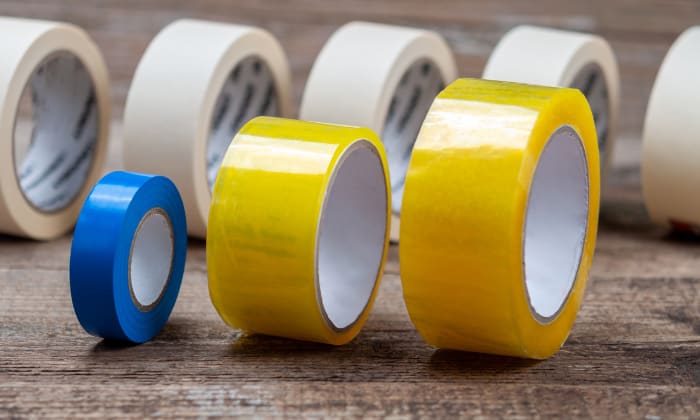
1. Foam mounting tape
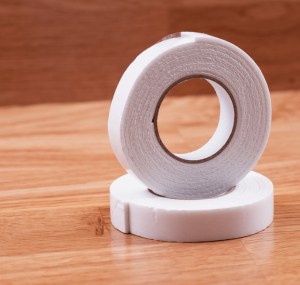
Foam tapes provide cushioning and conformability, reducing the risk of wall damage. They are suitable for lightweight objects and often leave a minimal residue upon removal.
2. Heavy-duty mounting tape:
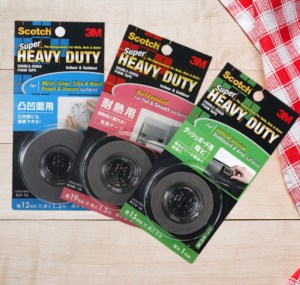
This high-strength method can achieve rapid and effortless permanent bonding, ensuring long-lasting durability. Designed for heavier objects, heavy-duty tapes have a stronger adhesive and may cause slight wall damage when removed.
3. Transparent mounting tape
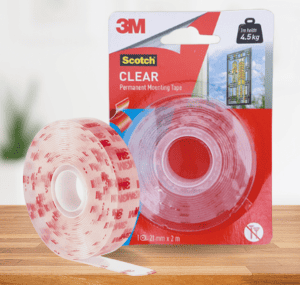
Transparent tapes are discreet and often have similar characteristics to foam or heavy-duty tapes, depending on their intended use.
This virtually invisible, double-sided tape is an excellent choice for seamlessly mounting glass, tiles, and artwork. With a robust bond that can hold up to 10 pounds, you can securely mount items without needing nails or a hammer.
4. Removable mounting tape
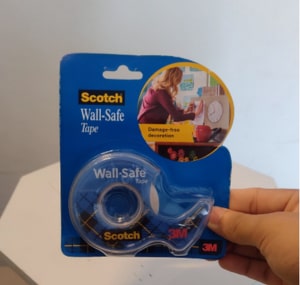
Removable tapes, like Scotch Wall-Safe Tape, prioritize easy removal without significant wall damage.
This removable adhesive tape offers a damage-free solution for hanging crafts, photos, notes, posters, and hanging decorations. It is versatile and safe for painted walls, easily adhering to different surfaces, including textured or uneven ones.
Factors Influencing Wall Damage:
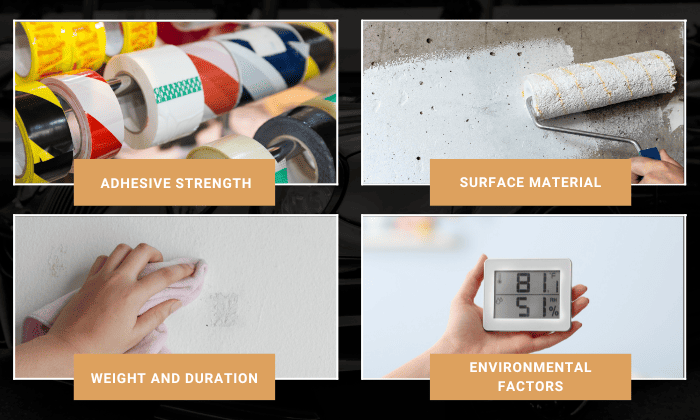
Mounting tape can potentially damage walls due to several factors, such as:
- Adhesive Strength: Mounting tapes vary in adhesive strength. They’re regarded as the best tape to use on walls for pictures, as it offers a strong adhesive bond that securely holds the frames in place.
If a tape with an excessively strong adhesive is used on a delicate or sensitive wall surface, it may cause damage upon removal. The strong tape bond can pull off paint, peel wallpaper, or even damage the underlying wall material.
- Surface Material: The type of wall surface plays a role in potential damage. Textured or uneven surfaces may make it challenging for the tape to adhere uniformly, leading to inadequate bonding.
When the tape doesn’t stick properly, it can create gaps in areas where dirt and moisture can accumulate, potentially causing damage upon removal.
- Weight and Duration: The weight of the object being hung and the duration for which the tape is applied can impact wall damage.
Mounting tapes have weight limitations, and exceeding them can strain the tape’s adhesive properties, increasing the risk of damage.
Mounting tapes are generally made to handle weights up to 30 pounds, but the specific weight capacity depends on the brand and strength of the tape.
Additionally, leaving the tape on for an extended period can cause the adhesive to harden, making removal more difficult and potentially causing damage.
- Environmental Factors: Humidity, temperature fluctuations, and exposure to sunlight can affect the performance of the mounting tape.
High humidity levels or extreme temperature changes may weaken the adhesive or cause it to lose its effectiveness, making the tape more prone to failure and potential wall damage.
Tips for Preventing Wall Damage:
To safeguard the integrity and appearance of your walls, and prevent wall damage, consider these helpful tips:
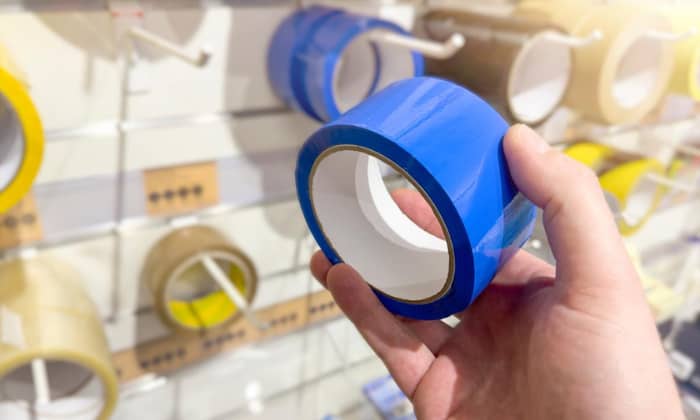
- Select a tape suitable for the weight and surface of the object you wish to hang.
- Before applying the tape, ensure the wall is clean and free from dust or debris.
- Before applying the tape, test it in a hidden spot to check its adhesion and potential impact on the wall.
- Please adhere to the tape manufacturer’s guidelines for proper application, weight limitations, and removal techniques, and learn how to peel it off without causing any damage.
Safety Tapes Recommended to Use on Wall
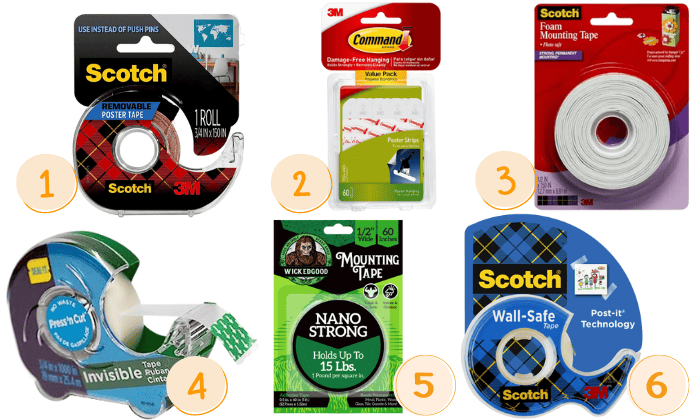
There are various choices to consider when mounting items, such as party decorations on painted walls. Because it is designed to be wall-safe, removable poster tape is frequently a dependable option. Using no-damage wall tape, you can securely hang decorations without worrying about leaving any marks or residue on your walls.
Painter’s tape is another choice with a good hold and tape that doesn’t damage paint, wallpapered, or textured walls. However, for mounting reasons, a transparent and lightweight tape created exclusively for mounting may be the best option.
Here are some of the recommendations for you to consider:
- Scotch’s Removable Poster Tape
- Command Poster Strip
- Scotch® Foam Mounting Tape
- Seal-It Invisible Stationery Tape
- WickedGood Nano Mounting Tape
- Scotch Wall-Safe Tape
Frequently Asked Questions
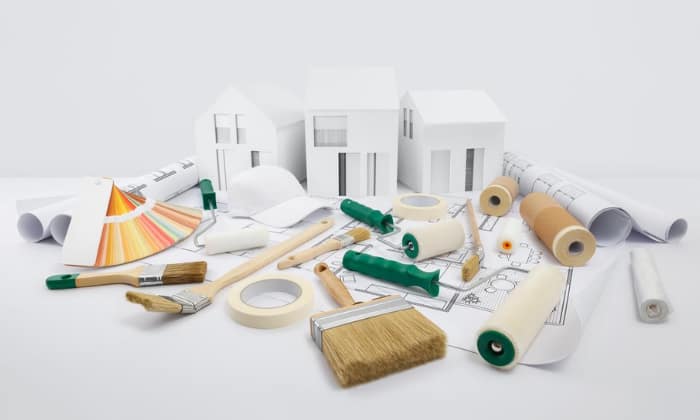
How long can I leave the mounting tape on my walls before it causes damage?
The duration of the tape application should align with the manufacturer’s recommendations. Removable mounting tapes are generally safe for shorter durations. Still, it’s advisable to periodically check the tape’s condition and remove it if signs of damage or wear appear.
How to Repair Wall Damage Caused by Mounting Tape?
Repairing wall damage caused by mounting tape can be done by following these steps:
- Carefully know how to remove the tape, using a hairdryer if needed.
- Assess the damage to identify issues like paint peeling, small holes, or residue.
- Patch small holes by applying the spackling compound, smoothing it with a putty knife, and sanding it down once dry.
- Repair paint damage by cleaning the area, applying a thin layer of matching paint, feathering the edges, and letting it dry.
- Use a gentle adhesive remover or rubbing alcohol to remove residue, first testing on a small area.
- Inspect the wall, ensuring a smooth finish and seamless paint match. Touch up as needed.
Who makes mounting tape?
- 3M: They provide durable and strong tapes designed for both indoor and outdoor use.
- Scotch: They are known for their strong bonding capabilities such as Scotch Extreme, it is an excellent choice for those seeking a more heavy-duty solution.
- Gorilla: They produce strong mounting tapes that can handle heavier objects and challenging surfaces.
Which tapes should be avoided for use on walls?
While duct tape, adhesive tape, and masking tape are versatile tools in various situations, they are not recommended for hanging decorations or pictures on walls. These tapes are primarily designed for temporary fixes, repairs, or industrial applications. They may cause significant damage or leave a residue when used on painted walls.
Conclusion
While mounting tapes can potentially ruin walls if used improperly or for extended periods, taking preventive measures and using appropriate tapes can significantly minimize the risk. It is important to address the question, “Does mounting tape damage walls?”
By understanding the types of mounting tapes available, considering factors that influence wall damage, and following recommended guidelines, you can safely and confidently hang objects on your walls without compromising their integrity.
The post Does Mounting Tape Damage Walls? An Expert’s Answer appeared first on Arthitectural.
